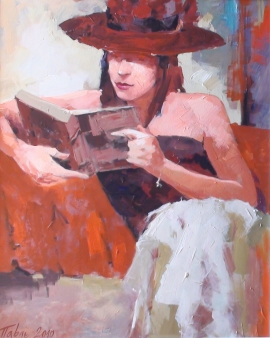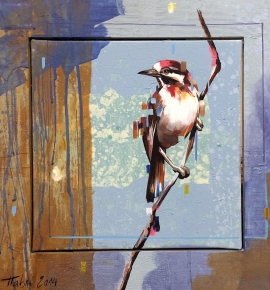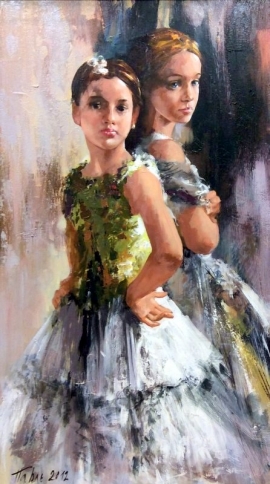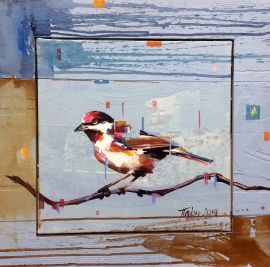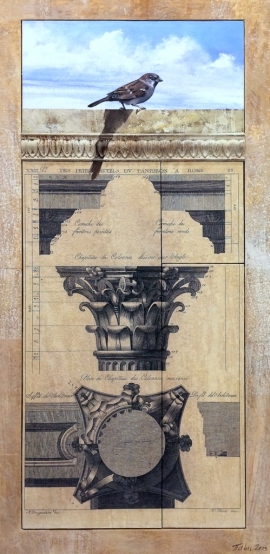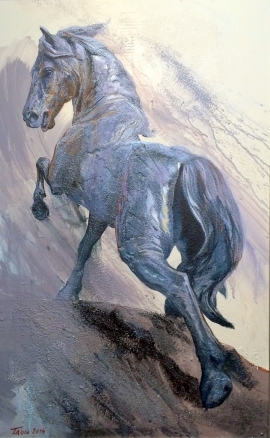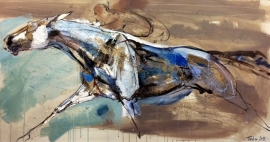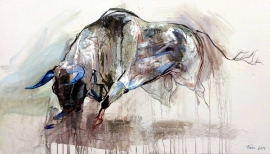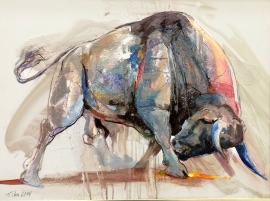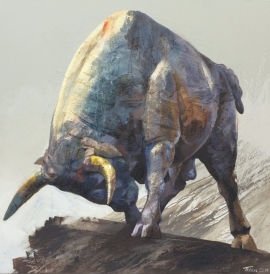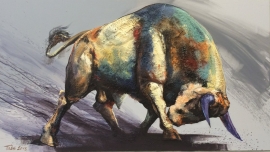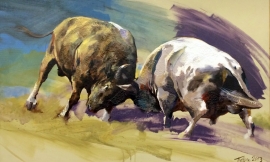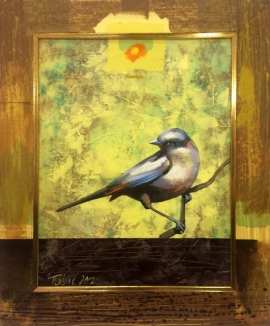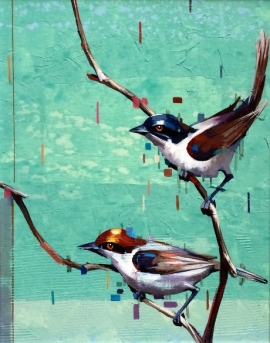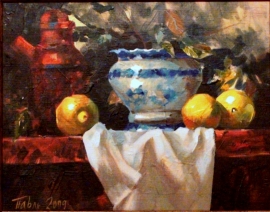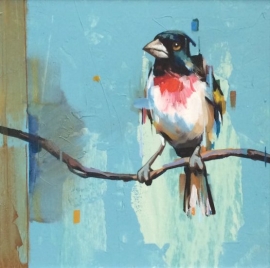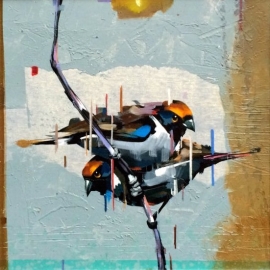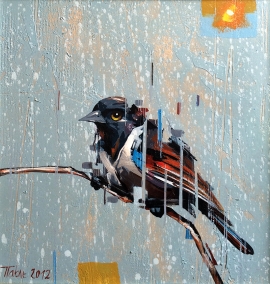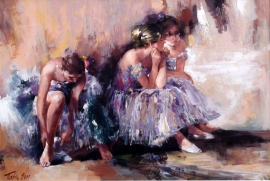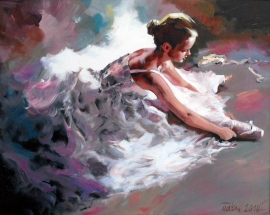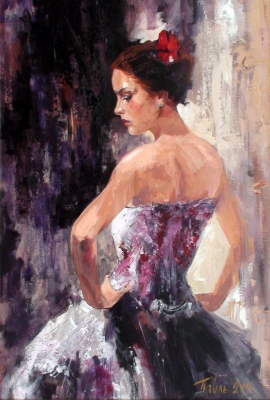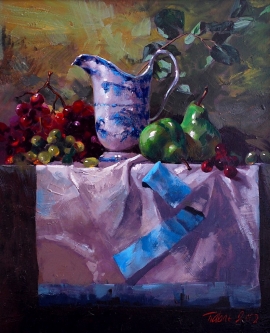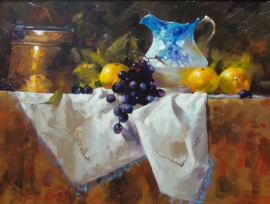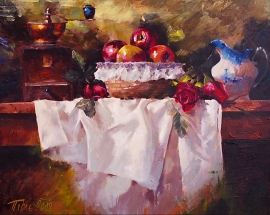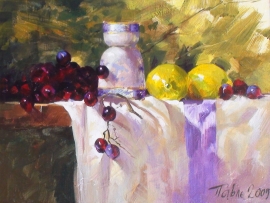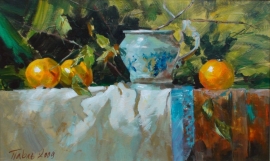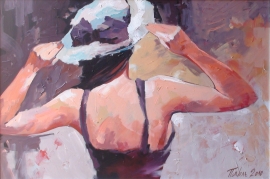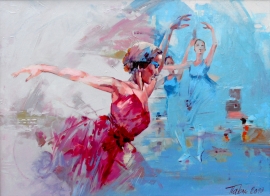Dragan Petrovic was born in 1962 in Kosovska Mitrovica, Serbia. He graduated from the Fine Arts Academy in Belgrade, and later spent some time working in France and Cyprus. He has been a member of the Serbian Association of Fine Arts since 1989, and has participated in various group exhibitions in Serbia. Art lovers have certainly already noticed Dragan Petrovic’s work and have surely been impressed by the beauty and unusual appeal of exotic animals portraits, still life and ballerinas he often depicts.
When he paints animals, he does so convincingly, drawing every little detail very realistically. With animals, he paints “portraits”, busts, he doesn’t necessarily do the whole figure. In the background, behind a head of a lion, a tiger or a horse, there is a vaguely presented natural habitat the animal resides in. Trees, woods, savannas or fields are there just to underline the beauty and appeal of the animal in the forefront. In these works, the painting expand over the inner frame as well at times, with some interesting details included so that the frame itself becomes a part of the artwork.
Petrovic’s other frequent theme is still life, which he treats like a successor of the old masters would. He paints them with love and with careful choice of objects, where each one of them could be the theme of a whole new painting. Beautiful hand-painted porcelain dishes come to light from deep shadows,
along with old copper pots our grandmothers used to cook in, interesting draperies and knitted tablecloths, fruits, roses, etc.
Ballet is also a frequent inspiration to this artist. He paints ballerinas, young girls, in moments of pause between arduous lessons. On their pensive and absent faces, with gentle features, we see self-doubt and worry, wondering whether they’ll be able to complete a new figure or choreography. Alone or with other ballerinas, they gaze at their own moves in front of huge mirrors, repeating endlessly every exercise.
The colours Dragan Petrovic uses range from golden yellow and red to brown and tan tones, with just a hint of blue or green, used more as an accent in certain details. The contrast between light and dark surfaces is very strong, so that the figures are partly in darkness and partly in light. Along with the coloured surfaces, there are occasional brush-painted lines which the painter defines the form of his figures more precisely. In the work of this artist, we recognize the old themes of classical fine arts, but with a modern feel and a personal stamp put on them.
